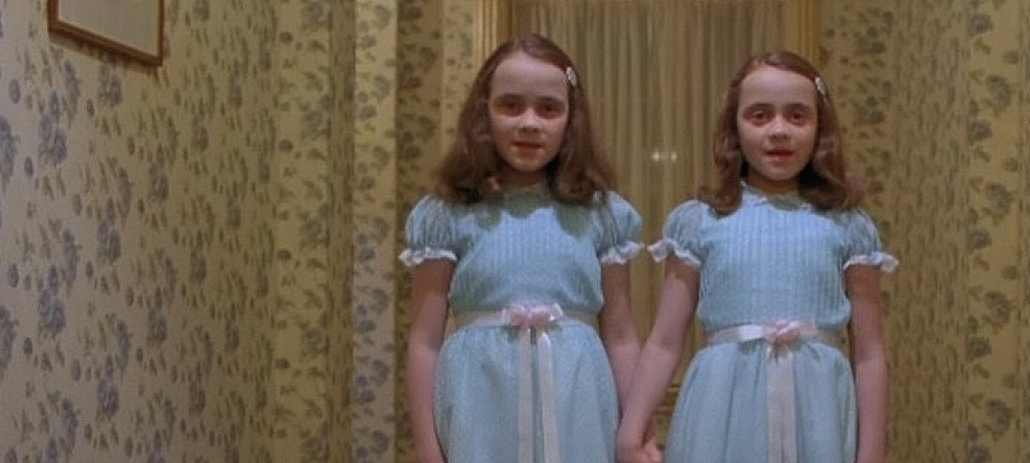Dress White and Gold or Black and Blue Buzzfeed
The dress is white and gold. Or, why BuzzFeed won

We are all BuzzFeed now. That's the only conclusion to draw from yesterday's twin viral sensations: the runaway llamas in Arizona and the (gold and white) dress. Both phenomena proved, among other things, that the lines between viral click merchants like BuzzFeed and stalwart publishing brands are erasing — and BuzzFeed is likely to win.
Viral publishing is a lot like pregnancy: You can't do it halfway. For years stalwart publishers have leaned on their brands — on their sensibilities — in order to paper over the fact that Internet wunderkind like BuzzFeed were wiping the floor with them when it comes to building giant Internet audiences. They sniffed at BuzzFeed's silly listicles, and they gleefully pounced on its propensity to pander to the basest of viral urges.
The bet they made was simple: We can learn the dark arts of viral well before BuzzFeed and its crowd can build the sterling brands of magazines like Esquire and Time. What they found, however, is that going viral is easier said than done. To their credit, many formerly staid publications like Time, Cosmopolitan and Esquire that once turned their noses up at silly Internet ephemera like an optical illusion over what color a dress is (it's white and gold, for the record) have now dived in fully.
After the furor over the escaped llamas died down late yesterday afternoon, BuzzFeed posted a very BuzzFeed post that aggregated a Tumblr post of a dress in which the color of the dress was in dispute. Basically, some people saw white and gold (it's white and gold) and other saw black and blue (it's not). It was the apotheosis of viral content. To use a technical term, the Internet lost its collective shit. The post was shared 16 million times just five-odd hours after it was posted, and BuzzFeed said a record 670,000 people were on the site at the same time. Neetzan Zimmerman, who the WSJ once panted had "cracked the code" of viral, treated it as a solemn moment.
Seriously though, the traffic this dress is generating is no fucking joke. This is the Viral Singularity.
— Neetzan Zimmerman (@neetzan) February 27, 2015
BuzzFeed's post was a litmus test for publishers. You didn't need Chartbeat to know that there was good viral traffic to be had, even if it meant simply ripping off BuzzFeed. But would such a re-aggregated aggregation really fit with a storied brand like, say, Time? Who cares. Time did a copy and paste job. So too did Cosmo. Gawker, a digital publishing brand that's suddenly feeling very old, cast aside its identity crisis debate over viral popcorn to post a quick rewrite, bank the pageview and not dwell on it. Slate live-blogged the Internet kerfuffle like it was a presidential debate.
And chasing BuzzFeed was probably the right decision. After all, this is what a lot of people were talking about, briefly. But the long-term effect of this is a growing sameness of digital media. It's hard to differentiate any sites from each other. Designs are mimicked, viral content is regurgitated. The result: viral sameness.
The digital media world is about pageviews. They pull in advertising. That means you need to produce a huge amount of pageviews — it's why the digital media execs can't go an hour without talking about "scale" — and keep costs low enough to make up for low ad rates. That's a tough set of circumstances, and they don't leave ad-dependent publishers with a ton of options.
In this game, BuzzFeed is winning. It must boggle the mind at traditional publishers that seemingly the entire Internet is talking about content that was created not by a seasoned reporter but a "community growth manager." These so-called premium publishing brands will inevitably lose their pricing power in the ad market as they continue to copy BuzzFeed. What's more they're playing catch-up in offering high-priced agency services that are fueling the models of BuzzFeed and Vice. There used to be an axiom in the tech market: It's a bad idea to try to out-Google Google. Too many people tried that — Google "Accoona" sometime — and totally failed. These days, in viral publishing, it's a bad idea for premium brands to try to out-BuzzFeed BuzzFeed. Soon, Time, Esquire, GQ and the like will become indistinguishable from BuzzFeed. And the problem with that is simple: BuzzFeed is better at being BuzzFeed than Time.
These brands will have to compete purely on BuzzFeed's terms. As the saying goes, the problem with wrestling a pig is you get dirty and the pig enjoys it. For legacy publishers, getting in the mud means amassing enormous audiences with incredibly popular content. There's little chance they'll compete as well as the BuzzFeed machine. On the other end, BuzzFeed continues to establish itself as a credible source of serious news. Its dress post came with suggestions for an investigative piece on how universities rely on animal experiments for revenue, a listicle of hangover cure meals and a promotion of a new BuzzFeed cute-pet app.
That dissonance might drive traditionalists bonkers, but it's a mix BuzzFeed has stuck with — and proven that it works. Copying that formula is undoubtedly tempting, but it's also a great way for legacy publications to lose all semblance of differentiation. And they'll be left playing checkers at a chess match. That's black and white. Though the dress is white and gold.
Source: https://digiday.com/media/its-white-and-gold-dummy/
0 Response to "Dress White and Gold or Black and Blue Buzzfeed"
Post a Comment